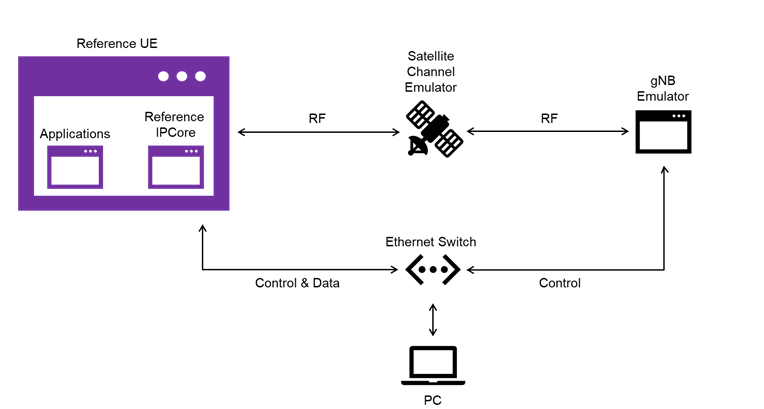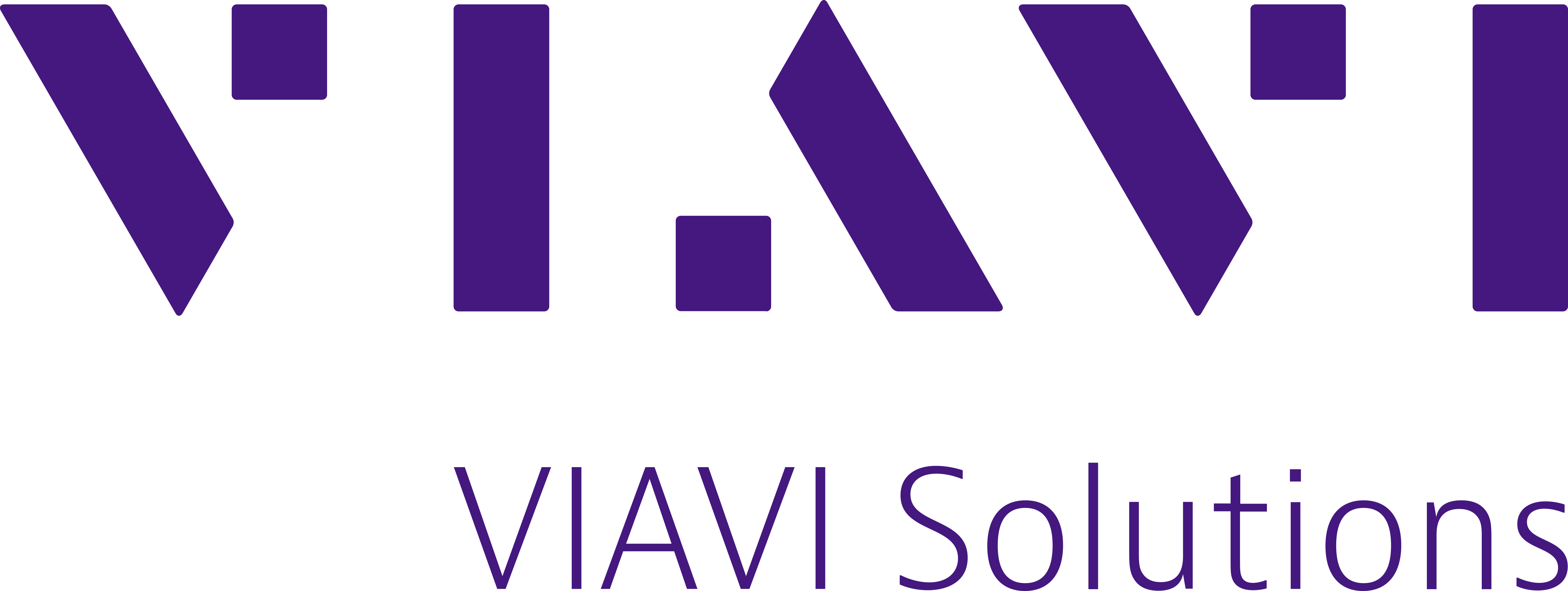
-
StatusOngoing
-
Status date2024-04-22
The primary objective of this activity is to deliver a 5G reference User Equipment (UE) which implements a 3GPP rel. 17 standard compliant protocol stack and, in particular, the NR NTN enhancements. This is intended to allow UE manufacturers to accelerate the timescales of their related developments by assessing and potentially incorporating the reference IP core into their overall 5G UE development and test programmes. The reference IP Core is designed to provide portability across different platforms (e.g., Processor, FPGA, ASIC).
An investigation of state-of-the-art architectures is performed, with a baseline reference UE being delivered utilising Viavi’s IP software which builds on actual proven market implementation.
To explore the portability of the protocol stack, time and performance-critical elements of the NTN stack in the Software IP Core are identified and ported to an FPGA implementation.
The reference UE is validated in a test environment that reflects a real 5G Terrestrial/Non-Terrestrial Network operation.
1. 3GPP Release 17 incorporates key approaches to managing timing and doppler compensation which places technical demands on UE protocol stack implementations. A compliant implementation is required.
2. 3GPP NTN specifications evolve over time and UE implementations must be maintainable from both technical and commercial aspects.
3. Production of widely applicable technology to support UE manufacturers places demands on the level of portability, e.g. to different processing platforms for different UE purposes.
4. Achieving a processing solution that delivers broadband throughputs within the context of satellite channels is a technical challenge. Carrying out performance characterisation, leading to verification and validation of components is challenging, which can address precision of system elements and overall end-to-end use case conformance for the whole system.
The benefits of this product include:
1. A Reference UE available in a timely manner to suit UE manufacturers and their pace of development.
2. A faithful non-customised 3GPP rel. 17 NTN implementation which UE manufacturers can build upon quickly.
3. A Reference UE with sufficient configurability to support different UE types and scenarios/use cases.
4. A solution that enables further porting of the protocol stack implementation to other platforms.
A Reference IP core providing a full stack supporting both terrestrial and non-terrestrial networks and 3GPP release 17.
Reference UE delivering a prototype user equipment that can be used to test various TN/NTN scenarios.
Core features include:
- Modality: support both terrestrial and non-terrestrial connection
- Satellite orbits: support both GEO and LEO satellites
- Frequency bands: use FR1 frequencies with 20MHz bandwidth
- Throughput: targeting high throughputs up to 100Mbps
- Modularity: modular architecture, with clear interfaces and functionality split between the NTN stack integration with UE components
NTN functionality, along with applications to allow test scenarios to be defined and carried out. The Reference UE is exercised with a Satellite Channel Emulator and gNodeB test harness, allowing end-to-end scenarios to be demonstrated, and supporting evaluation of the technology performance.
The product allows scenarios to be established and run to represent a UE operating over both terrestrial and NTN 5G networks. This is achieved using the following system components:
- Reference UE represents user equipment, incorporating a Reference IP Core for layers 1 -3 of the stack
- Satellite Channel Emulator represents the satellite channel
- gNB Simulator represents terrestrial and NTN gNB on ground

The UniCore Project kicked off in January 2024. The project has an 18 month duration, beginning with 3-month stages for requirements and specification towards Systems Requirements Review (SRR) in March 2024, architecture and interfaces towards Preliminary Design Review (PDR) in June 2024, and detailed design towards Critical Design Review (CDR) in September 2024. Part-way through the detailed design phase, an 8-month implementation phase will begin, aiming to complete with a Qualification Results Review (QRR) in March 2025. Following QRR, an Acceptance Review (AR) will be held in May following a 2-month verification and test phase, followed by the Final Review (FR) 1-month later in June 2025.
The project started in mid-December 2023, with a formal kick off by ESA on 19th January 2024, and is planned for 18 months. It has recently completed a survey of the state-of-the-art.





